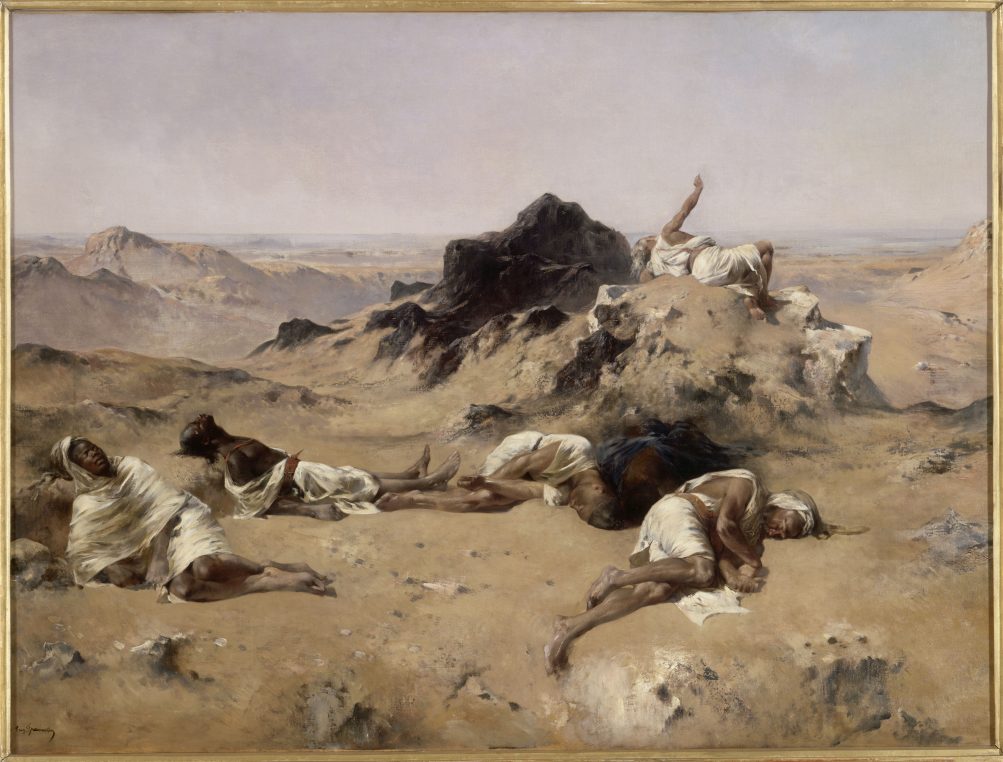
Eugène Fromentin, Le Pays de la soif, ca 1849, Paris Musée d’Orsay, legs d’Edouard Martell, 1920, © RMN-Grand Palais / Hervé Lewandowski
The rivalry between Jean-Auguste-Dominique Ingres and Eugène Delacroix was huge and yet they had a common fascination for the Orient which is well illustrated at Musée Marmottan Monet where fifty chefs d’oeuvre of the 19 th and 20th century are assembled in a remarkable exhibition. From Ingres’ odalisque to Marquet and Kandisnky, the curator Emmanuelle Amiot-Saulnier asserts that “travelling to the Orient is at the origins of abstraction”.

Charles Zacharie Landelle, The Jewish woman of Tangiers, after 1866, Reims, Musée des Beaux Arts. The model was most probably a farmer from Normandy
In the first rotunda, an abstract painting “Innenarchitecktur” by Paul Klee faces Ingres’ “La Petite baigneuse” from the Musée du Louvre. Klee painted it in Kairouan, in 1914, when he travelled there on his friend Vassily Kandinsky’s advice. The very special light and colors of Tunisia gave his style a new impulsion and pushed him towards abstraction.
19 th century painters invented an Orient that they had never seen, (Ingres never went further than Italy), while 20 th century artists were inspired by their elders’s fantasies and created a pure style while sojourning in North Africa or Egypt… This is the dichotomy that Emmanuelle Amiot-Saulnier tries to illustrate in the show. With amazing works lent by the Louvre and Musée Ingres in Montauban.
The core of the exhibition is of course devoted to 19 th century painters and the “Young Algerian” by Corot lent by the Rijkmuseum is a masterpiece. He portrays Emma Dobigny as an odalisque borrowed from a Delacroix painting. The model is not lying in a harem but in a typical French landscape. It is a mysterious mixture of Corot’s landscapes and the Orient.
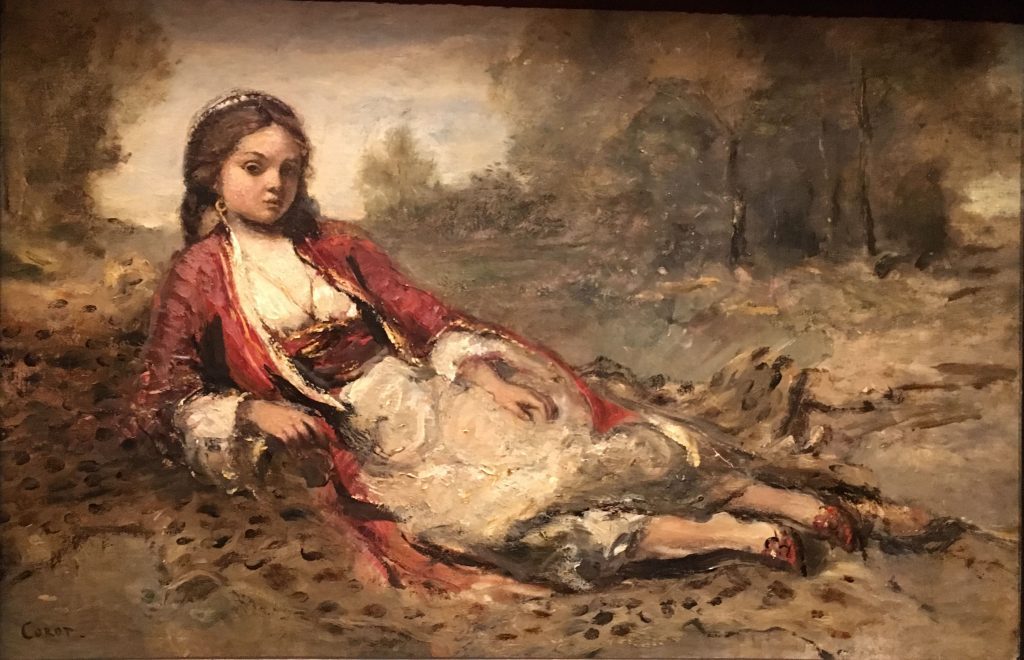
Jean-Baptiste Camille Corot, Young Algerian lying on the grass, ca 1871-1873, Amsterdam, Rijksmuseum
Ingres was the first one to depict Odalisques (virgin slaves in a harem) and his painting “La Grande Odalisque”, commissioned by Caroline Murat (Napoléons’s sister) in 1814, became so famous that Jules Flandrin was asked to copy it for the museum in Montauban, his home town. Théodore Chassériau, one of his students, paints on the same theme after having travelled to Algiers. Yet he gives us a romantic version of Oriental women not a realistic one.
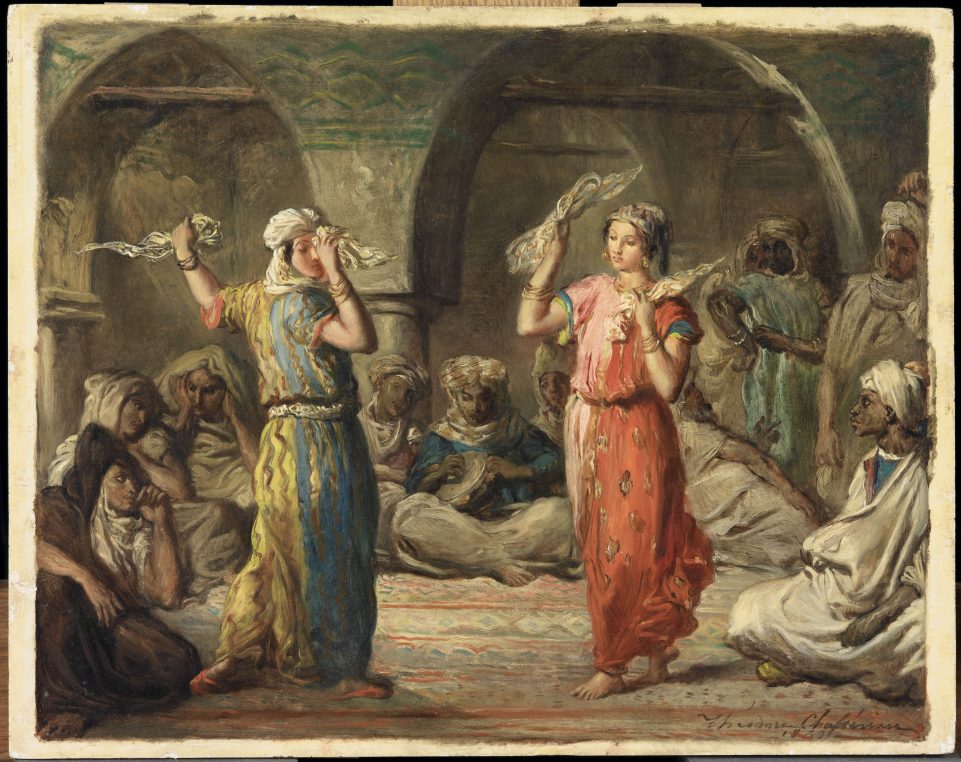
Théodore Chassériau, Moroccon dancers, the Handkerchief danse, 1849, Musée du LouvrePhoto © RMN-Grand Palais (musée du Louvre) / Michel Urtado
I discovered a number of painters, Paul Alexandre Leroy, founder of Société des Peintres orientalistes, and Edouard Debat-Ponsan, Michel Debrai’s grandfather, who traveled to Istanbul and painted scenes from a hammam, but also Jules-Alexis Muenier, Armand Point (born in Algiers) and Jules Migonney.
More famous, their master, Jean-Léon Gérôme who had travelled to Egypt, reinvented his own fantastic vision of an oriental Venus. there is large room with four landscapes by Fromantin, a painter who wrote extensively about his trips to Sahara and Sahel and tells about having been “blinded by the light” for a couple of hours, a very dramatic experience. His painting of “Le pays de la soif” is fascinating.
But I have to admit that my favorite was a XX th century painting, “Sidi bou Saïd” by Albert Marquet, which belongs to a private collection. Its pure skies and water are totally overwhelming.
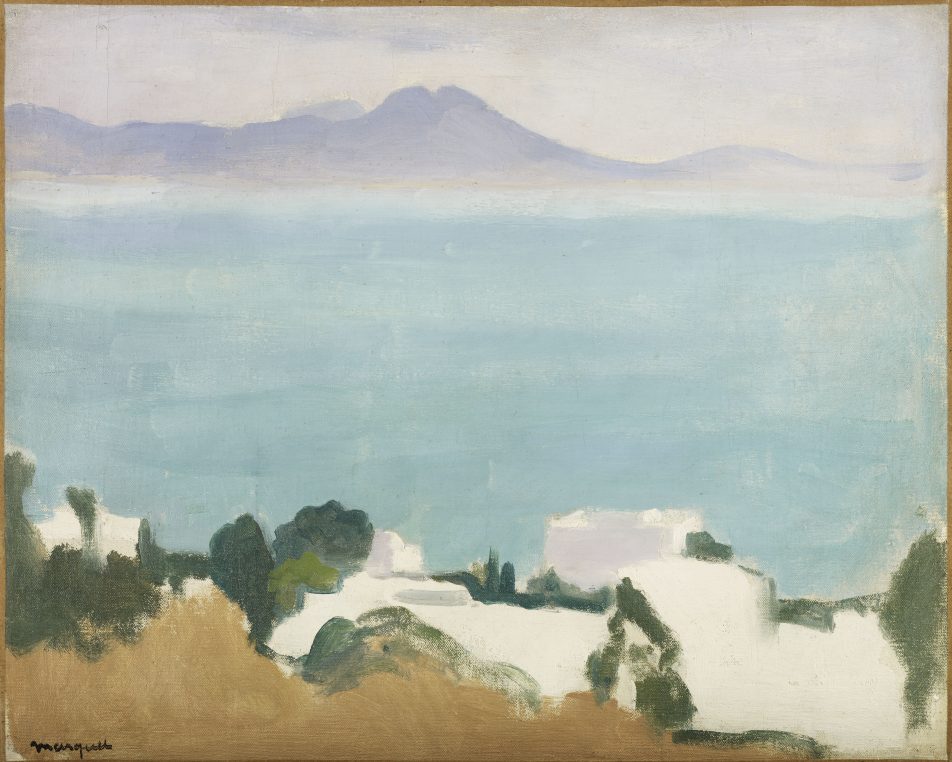
Albert Marquet, “Mer calme. Sidi bou Saïd”, 1923, Lille, palais des Beaux-Arts © RMN-Grand Palais / Thierry Ollivier
So you see, there is a great variety of topics in this show which makes us dream of the 19 th and 20 th century’s orientalist movements. Matisse is never disappointing nor are Monet or Renoir in the last rooms. They represent a wonderful transition towards the paintings by Kandinsky, which are not completely convincing and neither is Felix Vallotton’s “Bain turc”.
This is a short but very dense and superb exhibition in the charming Marmottan museum, where as a bonus, you get to see Monet’s nymphéas (waterlilies), on your way out.
Until July 21, Musée Marmottan Monet, 2 rue Louis Boilly.
Share this Post
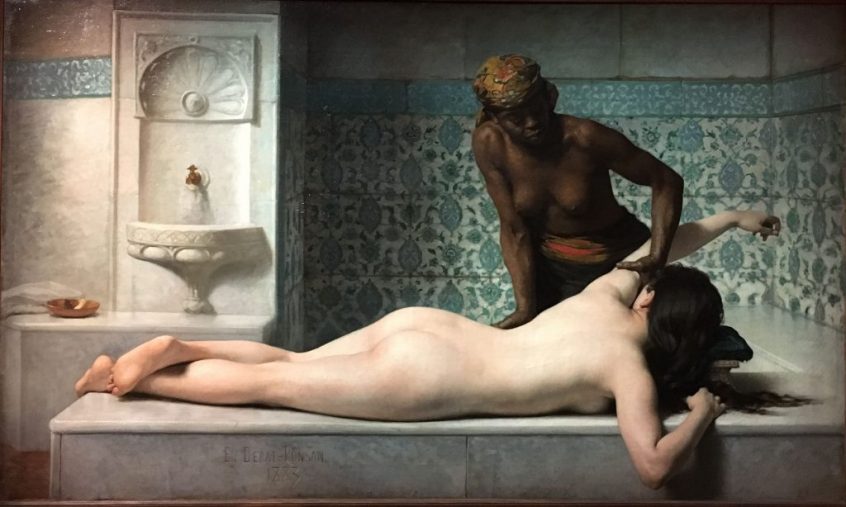

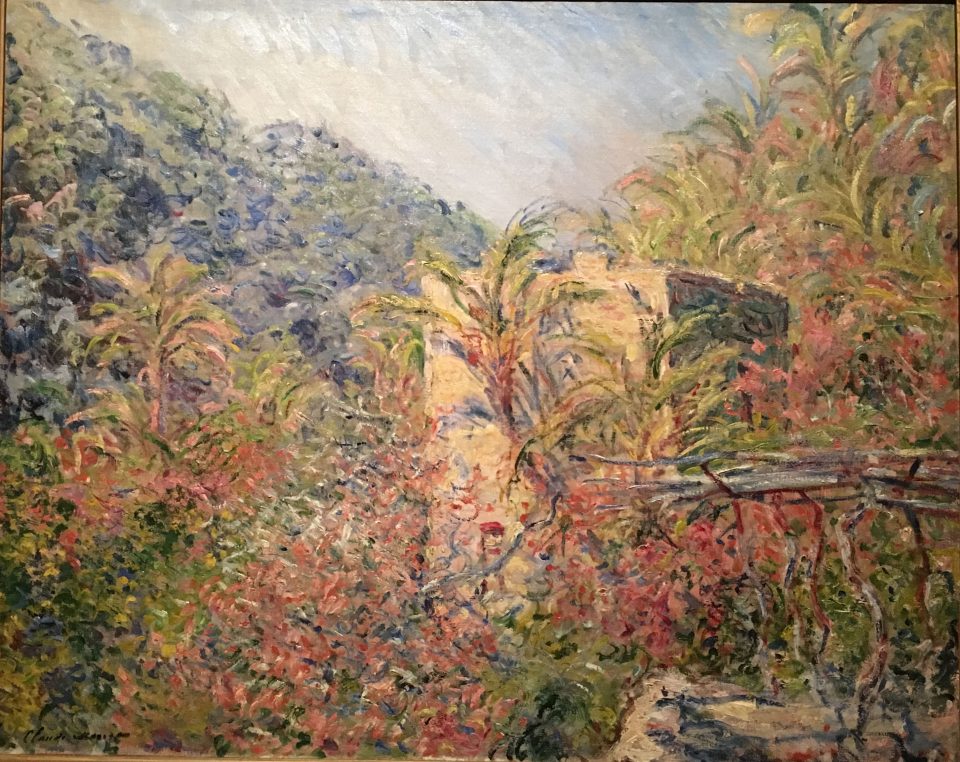
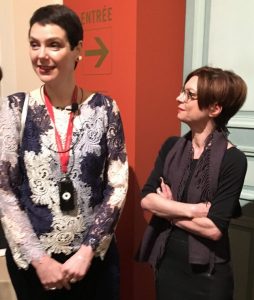
One Comment on ““L’Orient des Peintres” at Marmottan, a little jewel”
Fabuleux! Triste de ne pas pouvoir le voir! Off to Japan in a few days. xo